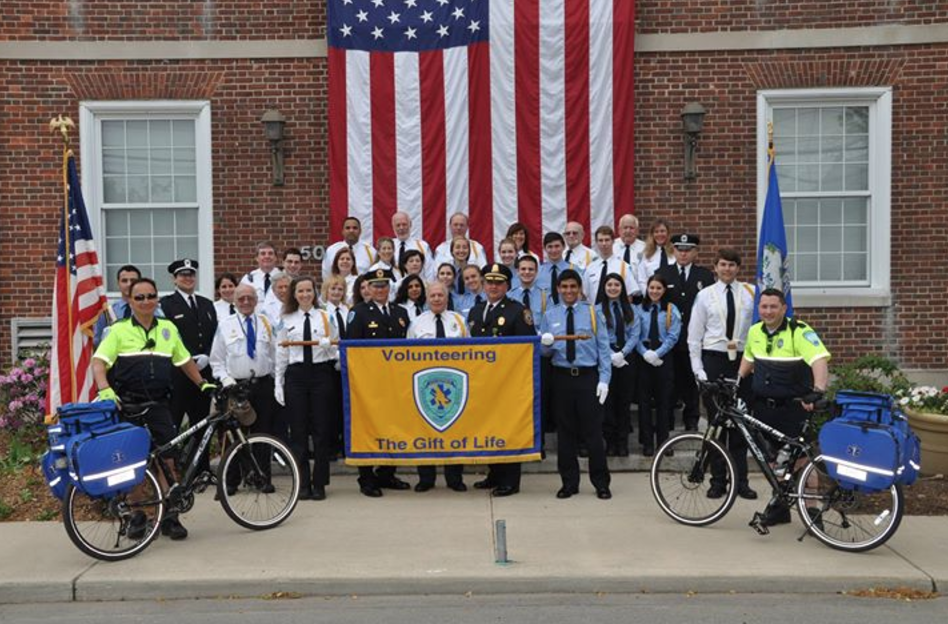By Chelsea Fox ’19
Staples students often have rigorous and impressive after school activities, but not every student gets to say they spend more than 250 hours a week training to become a paramedic. However, a large number of Staples students spend their time dedicated to emergency medical services, or EMS, training.
Within EMS, there are two types of jobs students are able to train for. The base level volunteer is called an emergency medical responder, or EMR, and the next level is called an emergency medical technician, or EMT.
Emma Straight ’19 explained, “EMR’s have a smaller scope of practice than EMT’s, which means that EMT’s can do more to help a patient such as giving different medicines and having more responsibilities both on and off the ambulance.”
In order to become an EMT, students must first complete EMR training. This requires many hours devoted to classes where students learn everything that could possibly occur in an emergency situation. After the course is over, each student must pass a test that allows him or her to become an EMR.
“It took a while for me to become certified, but primarily we had two 3 hour classes per week, and an eight-hour lab day on Saturdays,” Lily Smith ’19 explained about the weekly commitment.
Nicole Arellano ’18 recently became an EMT. “This past fall, I took the EMT class,” Arellano said. “Getting your certification is really hard because both the practicals and written tests require lots of studying and running through different scenarios.”
Although the classes are difficult, majority of the students taking them are planning on having a future in medicine. “I want to be a surgeon when I grow up so this is a good way to get field experience at a young age,” Alexa Chinitz ’19 said.
Despite the difficulty of the classes, the students know that the lessons they gain will be worth it in the end. “The class is hard and stressful but it’s definitely worth it,” Sofija Djordjevic ’19 said.
As an EMT, Straight has had many experiences that she will carry around for a long time. After picking up an elderly woman from a senior center, Straight found out that she was unresponsive with a Do Not Resuscitate order. “It was really difficult because there was nothing we could do to save her,” Straight said.
Arellano had a similar occurrence while on the job. “A patient [was] having a stroke who also fell down the stairs due to the paralysis, and unfortunately they didn’t make it,” Arellano said. “It’s hard sometimes emotionally considering we often see people in pain or dying, but in the end it’s rewarding just to know you did your best to help them.”














































